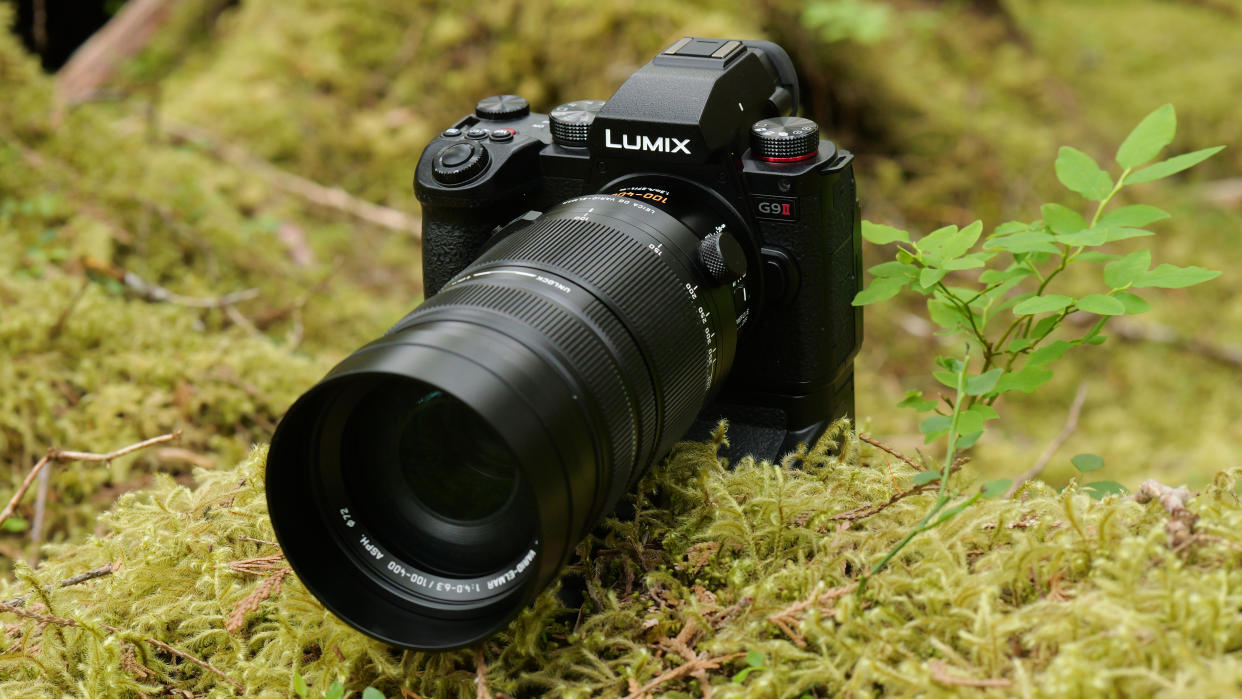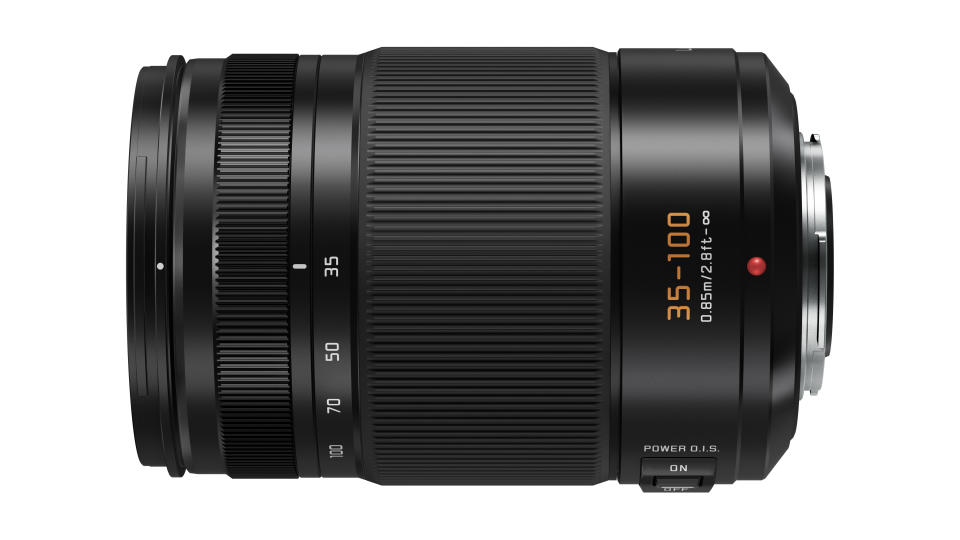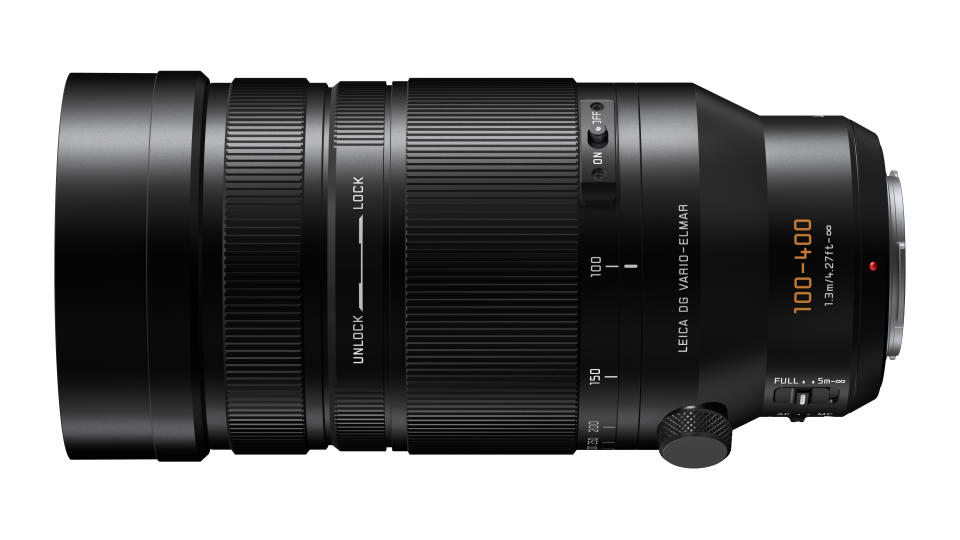Panasonic teams up with Leica to refresh two of its best Micro Four Thirds lenses

The Micro Four Thirds (MFT) mount has one of the most fully fleshed out lens lineups of in the business, with Panasonic, Olympus, Leica, and third-party lens manufacturers churning out glass for a wide range of users from professionals to camera beginners, and everything from fisheye to super telephoto.
Today, Panasonic is launching two newly redesigned Micro Four Thirds lenses – alongside the Panasonic Lumix G9 II – to take advantage of the latest improvements in sensor, autofocus, and image stabilization.
At the time of writing, Panasonic has a lineup of 32 MFT lenses – of which 15 are Leica DG lenses. This is a specific line of lenses designed for MFT cameras, made under Leica's strict conditions for high-quality optics, precision engineering and build quality to earn its approval.
They are a part of a wider collaborative effort between Panasonic and Leica, and attest to the companies' close partnership throughout their other product lines (including the L-Mount Alliance).
Leica DG Vario-Elmarit 35-100mm f/2.8 Power OIS

Not strictly a mark two version of the lens, the Leica DG Vario-Elmarit 35-100mm f/2.8 Power OIS lens has been redesigned from the original Panasonic-branded version, this time featuring Leica’s input to meet the latter's rigorous standards. The lens aims to provide photographers with improved performance and mobility, and is designed to be compact and portable for handheld photography and video with Dual IS to keep things steady.
The lens features a zoom range of 35-100mm, making this the Micro Four Thirds equivalent to the popular 70-200mm lens on a full-frame camera (which is the standard workhorse telephoto for many professional photographers) when the 2x crop factor is applied. The new lens maintains a bright f/2.8 aperture throughout its entire zoom range, improving low-light performance and enabling more depth of field and subject separation.
The lens structure includes two ED (Extra-low Dispersion) elements and one UED (Ultra Extra-Low Dispersion) element, and also features Panasonic's Nano Surface Coating technology – all of which are incorporated to minimize ghosting and flare while preserving color quality.
The Leica DG Vario-Elmarit 35-100mm f/2.8 Power OIS is set to be available in November 2023, with a retail price of $1,149 / £1,099 (Australian pricing TBC).
Leica DG Vario-Elmar 100-400mm f/4.0-6.3 II Asph. Power OIS

The Leica DG Vario-Elmar 100-400mm f/4.0-6.3 II Asph. Power OIS lens is an update on the previous Leica lens, aiming to provide a versatile solution for photographers interested in both macro and ultra-telephoto photography.
The lens features a significant focal length range, spanning from 100-400mm, which is equivalent to 200mm to 800mm on a 35mm camera. And when paired with the Panasonic DMW-TC20A 2.0x teleconverter this jumps to a massive 400-1600mm in range. This makes it suitable for capturing subjects such as wildlife and sports events, even from far, far away.
Additionally, when paired with the same 2.0x teleconverter, it enables a 1600mm full life-size macro shooting capability, which can capture fine details in subjects like flowers and animals. Always worth noting, though, it that the use of this teleconverter does reduce the maximum aperture by two stops.
This lens incorporates a structure comprising one aspherical lens, two ED (Extra-low Dispersion) lenses, and one UED (Ultra Extra-Low Dispersion) lens.
The Leica DG Vario-Elmar 100-400mm f/4.0-6.3 II Asph. Power OIS lens is expected to be available in late November 2023, with a launch price of $1,599 / £1,499 (again, Australian pricing TBC).
Find out more about the best Micro Four Thirds cameras, which features some of the best Panasonic cameras.

